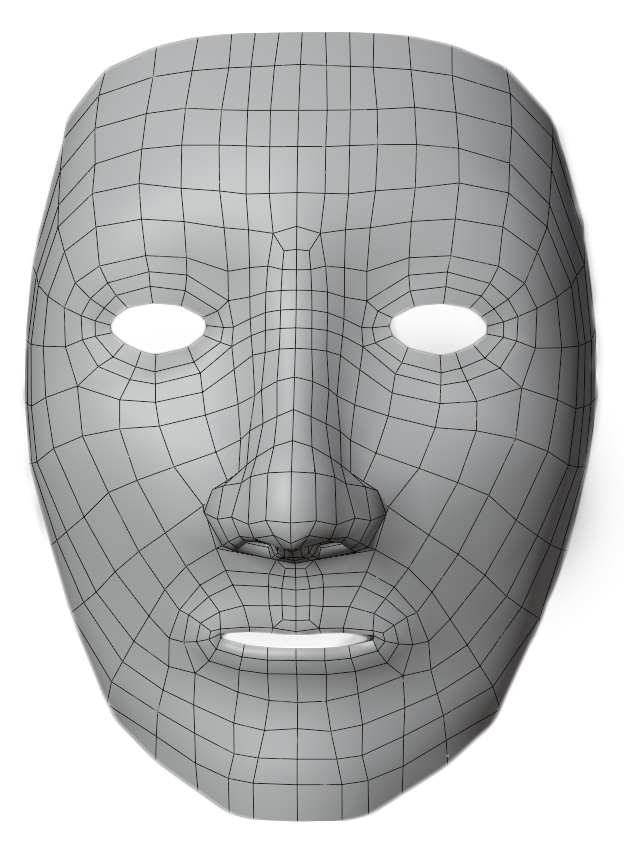
Generative Design of Novel Faces using an Evolutionarily Driven Variable Focus Model
My PhD research focuses on modeling variable focus in creativity support tools using evolutionary algorithms with interactive/aesthetic selection and manual editing. My aim is to explore the design of Creativity Support Tools to enhance the user’s creativity in human-computer co-creativity scenarios.
A more in depth summary of this project can be found under the thesis page.
Team: Servet Ulas
Family Skeleton
3D Adventure game created in Unreal Engine 4. Started as a learning project; I was responsible for the narrative, game design, technical art, lighting and most programming. Mine Yilmaz-Ulas created the art assets. The game is a psychological thriller where the user explores their past as they reveal the story behind their sibling’s suicide. Trigger warning: Self-Harm, Suicide.
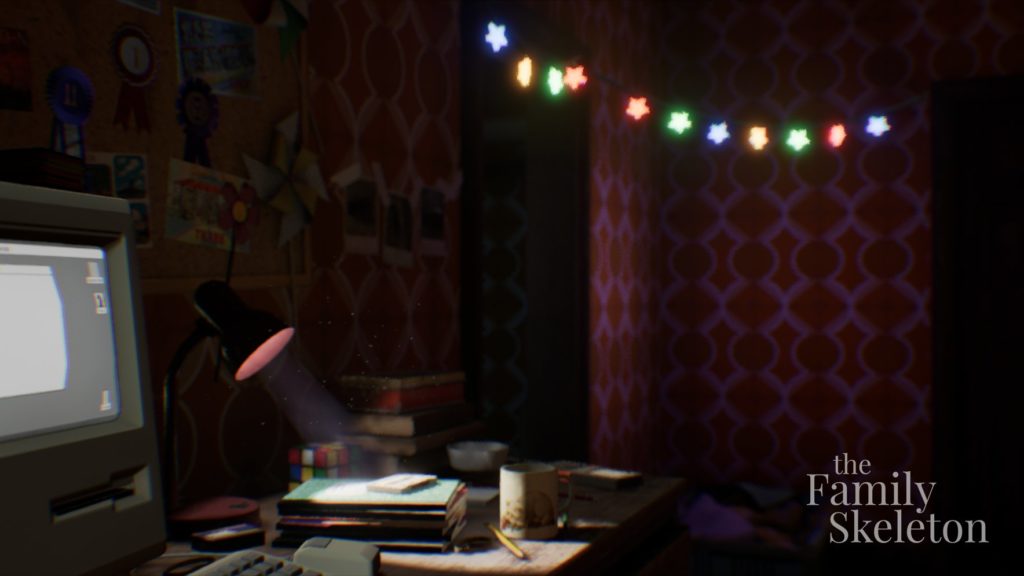
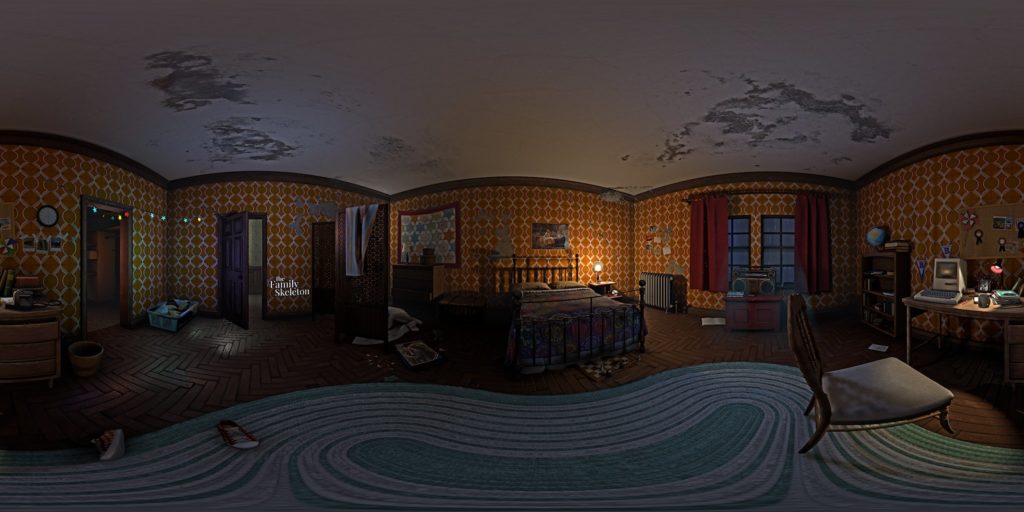
Team: Servet Ulas, Mine Yilmaz-Ulas
AS IF
AS IF is a serious game that employs embodied interaction in order to facilitate perspective taking. The goal of this game is to offer non-patients an insight into what it may feel like to function with a body that is, at times, disabled or limited because of Chronic Pain. The interactor controls an avatar by means of skeletal tracking. In this way, the avatar mimics the interactor’s movements and gestures in the virtual environment where they complete a series of tasks. The tasks require the interactor to reach out in physical space with their hands to have the avatar touch objects in the virtual space. During the game, we introduce range of motion limitations to the avatar, effectively making it more difficult to complete the motor tasks in the game environment. Through this “disabling” feature, the interactor’s actions are deliberately mapped incorrectly to the avatar; the aim is to give the interactor a glimpse into what it may be like to live with constraints—a frustrating experience.
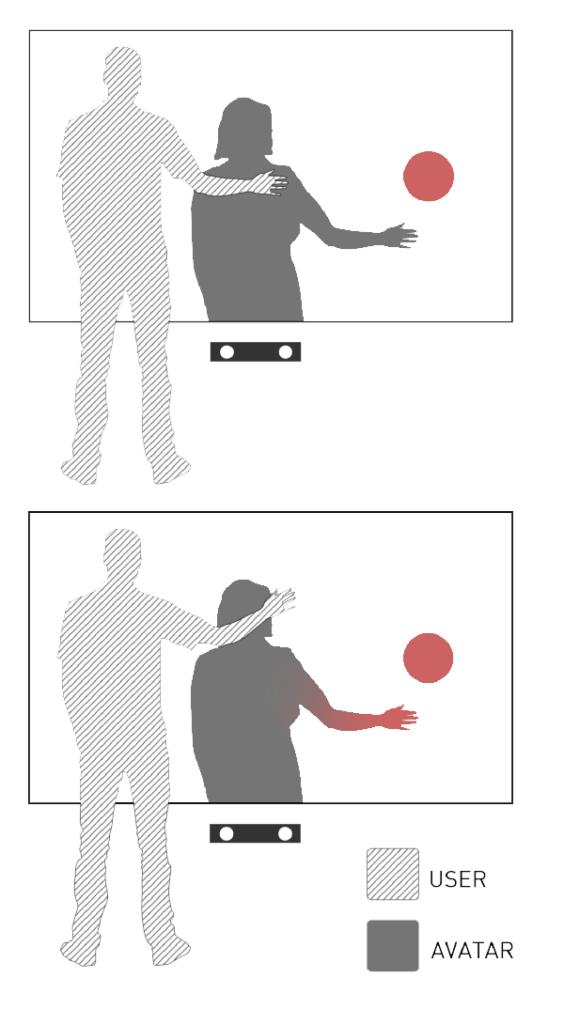
avatar where the user’s arm movement is not mapped on
the avatar correctly, making it impossible to reach the red
circle which represents a goal location.
Video timed to our CHI Student Game Competition Finals presentation:
publications can be found here
Team: Servet Ulas, Weina Jin, Xin Tong
NUMB
Trigger warning: Self-Harm
This virtual reality project robs the user of her agency in varying degrees as she interacts with the world through an avatar that self-harms, providing first-hand insight into what it may be like to be stigmatized against and how it creates a barrier for seeking help. Stigma towards the self-harmer from the health-care workers, family, and friends create a barrier for seeking help and distances the self-harmer from the healthcare system. This project also aims to create a virtual environment that exposes the user to the thoughts of a self-harmer as a short story is revealed to facilitate perspective taking through a series of uncomfortable interactions with the game world where the user increasingly loses agency.
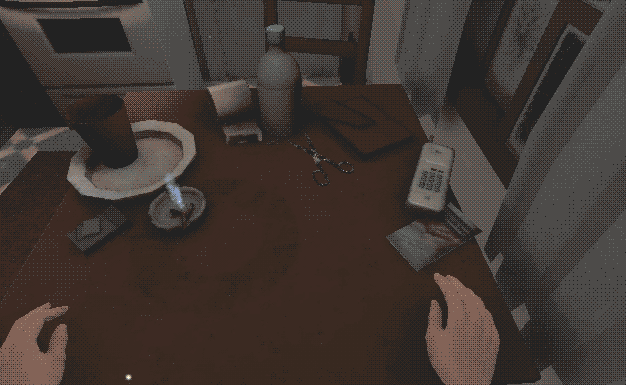
The user views the world through the eyes of Jane D., a self-harmer who has recently relapsed. Sitting in her kitchen, Jane has patched herself up as best as she could after a recent episode of self-harm. As the user interacts with the objects around Jane, the avatar narrates what that object means to her and reveals a part of her story. The actions user take will always be reasoned against by the avatar, creating a loss of control and agency over the character. If the user tries to use the phone to call for help, Jane instead tells about the time where she was mistreated by the people she had called for help before. Moreover, during the experience, Jane’s thoughts are exposed to the user as voice-overs, revealing the self-loathing aspect of the thought processes she goes through.
This project explores how the manipulation of agency may be used in order to model behaviors for the avatars to create an experiential setting where the user can gain first-hand experience into what it may be like to not be able to control physical actions, thoughts. or both.
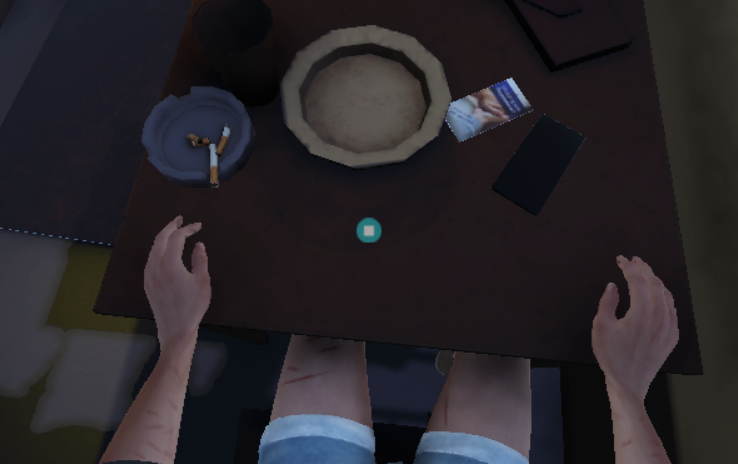
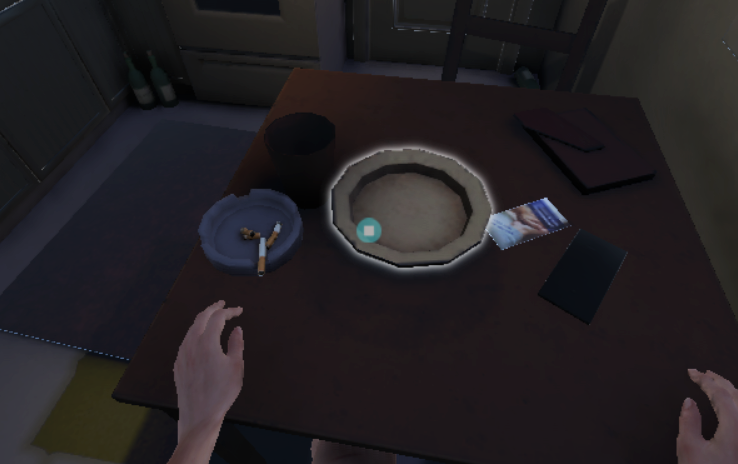
Team: Servet Ulas
Re.Hear.Sal
Rehersal is a responsive system based on motion tracking technology which was made possible with Kinect and visualised with vvvv software. The participant is invited into an environment where their silhouette is abstracted and projected onto opposing surfaces composed of lines. These lines suggest a rigid and regimented architecture. However once the participant begins to move, the rigid lines become fluid and respond, warp and fluctuate while sounds begin to resonate in response to the participants gestures. The data collected from the gestures of participants is forwarded to a synthesizer over Pure Data and processed according to the user interaction.
The participant’s new embodiment interacts with an ever-changing system. This allows the participant the opportunity to play and alter their reality and it’s new augmented state. Thereofore, through play we are simulating new possibilites. The participants are forced to re-encounter themselves from a different perspective and with a different set of rules and results. This project through it’s use of interactive and responsive systems creates a space for positive re-imagining. The project aims to encourage us to question and possibly re-structure the environments we find ourselves in, rigid as they may seem, realizing new ways to interact and create together.
The project uses multiple kinects for motion tracking and projectors to cover the entire area, stitched together in real time over a networked stream. Through movement which is reflected in their projected silhouettes, the users are able to interact with the projected lines and generate sound depending on their interactions in real time. All visuals and sounds are generated in realtime.
Development Team: Servet Ulas, Gurkan Kurtbay, Deniz Saglam
Performers: Dila Yumurtaci, Neslihan Koyuncu
MA Thesis: Virtual Environment Design & Storytelling in Video Games
Video games have been the focus of discussion by researchers of gaming and narratology regarding their narrative capabilities for quite some time. While some researchers argue that interactive media such as video games can not contain narratives due to their inherent nature, others suggest that when analyzing video games as a narrative medium a different approach may also be considered. Given that the sequence of events that are presented to the user are not as ordered as they are in traditional
narratives, it can be surmisedthat the traditional definition of narrative (a sequence of events) would not apply in the case of video games. However this should not mean that the medium can not contain narrative qualities, it only raises the need to a new approach for the consideration of narratives in video games. In this thesis I suggest that instead of using the traditional narrative arc as a basis for evaluation for narratives in video games, one may also consider the indigenous qualities of the medium itself in terms of its narrative capabilities. Focusing on environment design in virtual worlds by examining how they are designed, authored and presented to the user; and how they are tied to the narrative design of a game, I aim to point out the
ways in which game mise-en-scénes are used as storytellers in their own rights.
The user freely explores the environment and is asked to come up with a story that is set in a motel room in a text prompt where they can write about what they think happened in the room. The free, unordered exploration and investigation of the objects and the smaller nodes/compartments leads to various interpretations of what may have happened in the enviornment.
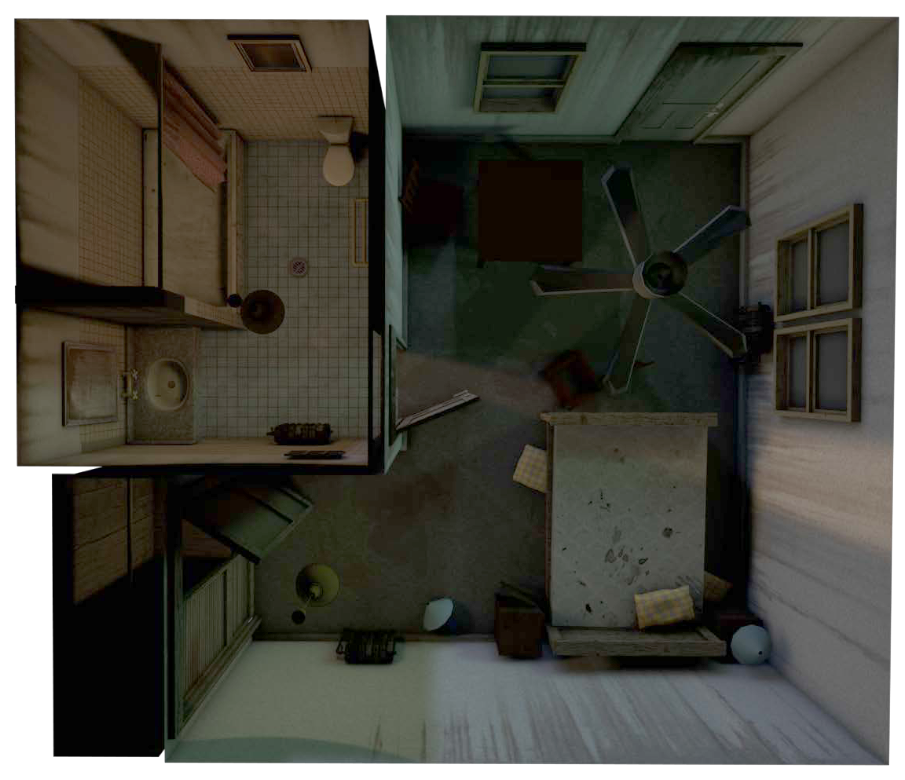
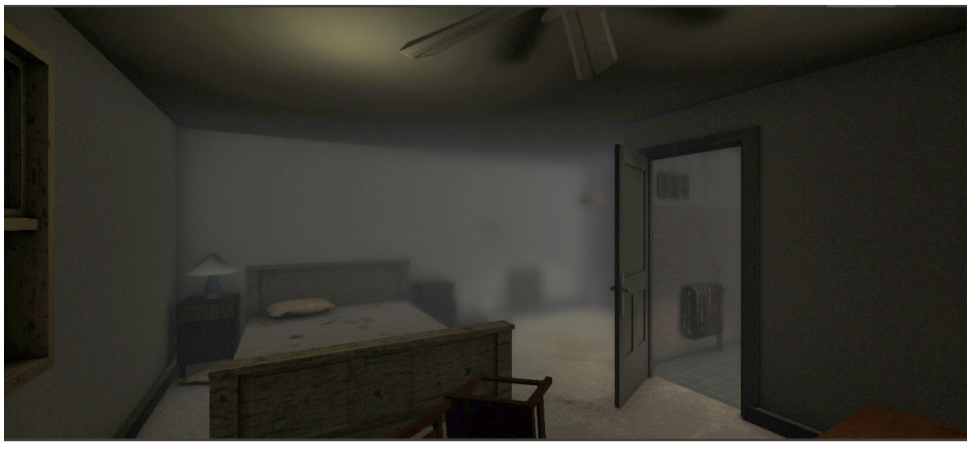
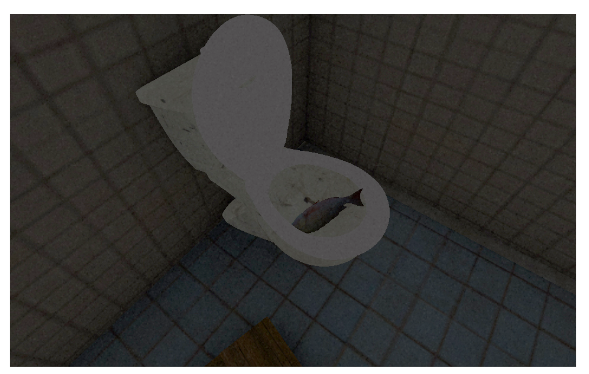
Takeaways:
The stories produced range from absurd to extremely absurd, all having one
thing in common: wild, imaginative scenarios. When the users were left alone without any guidance to structure a story, they came up with highly non-sensical stories yet they were all trying to make sense of the objects in the room which I found extremely ironic. Previously, I have stated that a rhizomic structure has been found to be inefficient for storytelling purposes by Murray and Aarseth. This smallest scale of a rhizomic environment and story model shows that it is indeed inefficient for narrating a singular story but it is efficient when it is evaluated as a story-making playground.
It is also noteworthy that the stories produced by the participants have a structure to which the traditional narrative arc can be applied. Some entries in particular can be read as a traditional narrative, given that the participant has provided a clear exposition, complication, climax and resolution.
While it not considered ideal to use the traditional narrative arc on an interactive story, especially when it is presented in a rhizomic fashion, it is not surprising to see that it may apply in some outcomes, depending entirely on the user’s need to clarify plot elements. If a participant has seen that it was necessary to come up with some backstory, the participant ends up defining what lead to what, making causal relationships between objects and events as well as temporal ones.
Team: Servet Ulas
Click here for bibliography